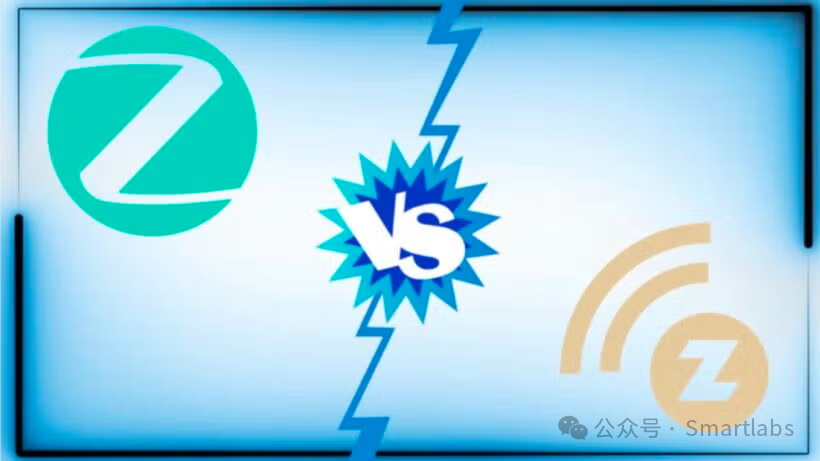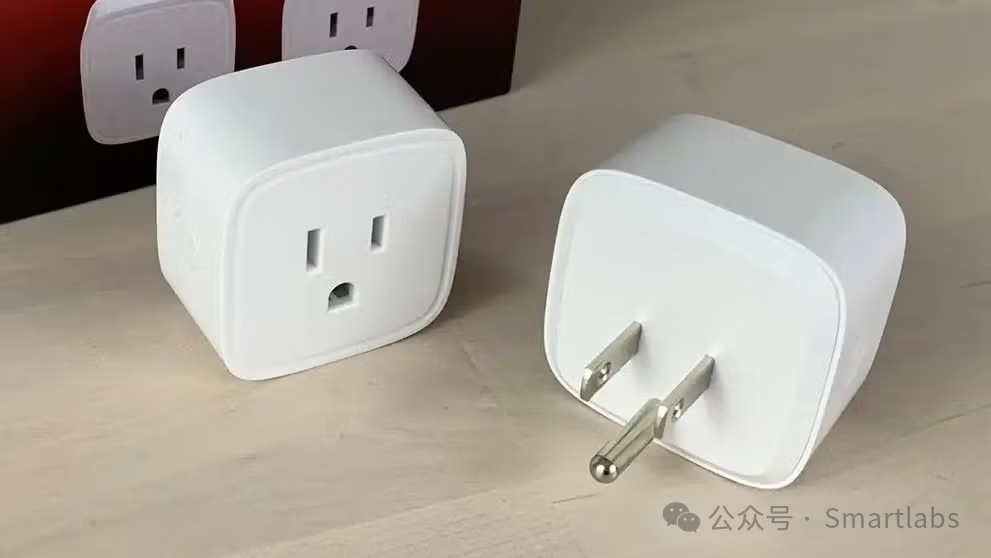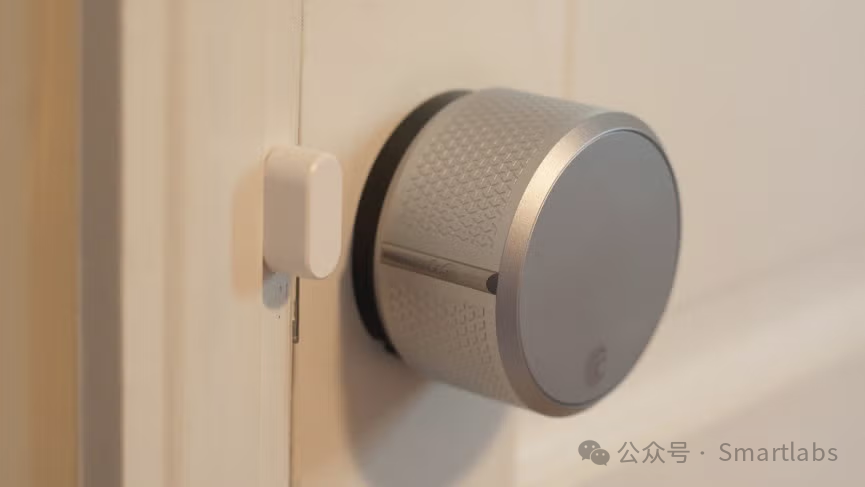
What are Zigbee and Z-Wave? How do they differ?
To ensure seamless collaboration among smart home devices, the smart home hub relies on wireless communication protocols—of which the two most mainstream standards are Zigbee and Z-Wave. These two standards began empowering smart living long before the concept of “smart home” became popular.
Although both utilize wireless connections (as alternatives to Wi-Fi or Bluetooth) for device interconnectivity, there are significant differences worth noting:
Core Differences Analysis
-
Device Capacity Differences
- Zigbee theoretically supports65,000+ devices in a network, but actual household usage is limited by the hub’s processing capability and network traffic, far below the theoretical value.

Zigbee Mesh Network - The standard version of Z-Wave supports232 nodes, while the Z-Wave LR version increases this to4,000+ nodes.
Evolution of Openness
- Zigbee has always been anopen standard maintained by the Connectivity Standards Alliance (formerly Zigbee Alliance).
- Z-Wave has undergone significant changes: it was strictly controlled by Silicon Labs before 2019, but has gradually opened up, and is now independently managed by theZ-Wave Alliance.
Mesh Network Hopping Mechanism
- Both use a mesh network (where signals can be relayed through device nodes), but Z-Wave limits the maximum4 signal hops, while Zigbee has no such restriction.
Security Performance Comparison
- Both employAES-128 symmetric encryption, providing comparable security; while there is no absolute guarantee of safety, both offer enterprise-level protection.
Frequency Bands and Interference
-
Zigbee operates on the2.4GHz (915MHz in the US) frequency band, overlapping with Wi-Fi frequencies, which may lead to interference; Z-Wave uses a low-frequency900MHz band, which has a lower risk of interference.
-
In terms of transmission rates, Zigbee (40-250kbps) is faster than Z-Wave (9.6-100kbps).
Protocol Ecosystem Comparison
Zigbee Ecosystem
 It covers over 4,700 certified products, with representative brands and devices including:
It covers over 4,700 certified products, with representative brands and devices including:
- Philips Hue smart lighting system
- Samsung SmartThings hub
- Amazon Echo speakers (such as the fourth generation Echo) that support Zigbee
- Ikea TRÅDFRI series smart lighting
- Yale smart locks (such as Yale Assure Lock)
- Aqara sensors and gateways
Z-Wave Ecosystem has 4,500+ certified devices, with key brands and products including:

- Samsung SmartThings hub (compatible with Z-Wave)
- Honeywell thermostats (such as T6 Pro Z-Wave)
- August smart locks (such as August Smart Lock Pro)
- Fibaro sensors (such as Motion Sensor)
- Schlage smart locks (such as Schlage Encode)
Current Status of Matter Protocol Compatibility
Although the Connectivity Standards Alliance is involved in the development of the Matter standard, it is important to note:
- Matter is an independent application layer protocol that supports Wi-Fi/Thread/Ethernet transmission.
- Zigbee devices need to connect to the Matter ecosystem through a bridge (such as Philips Hue Bridge or Aqara M2 Hub).
- Z-Wave does not natively support Matter yet and requires a multi-protocol hub (such as Homey Pro or Hubitat Elevation) for compatibility.
Ultimate Choice Guide
- Zigbee Advantages: Broad support from leading brands (such as Philips Hue and Ikea), faster transmission rates, suitable for high-frequency scenarios like lighting control.
- Z-Wave Advantages: Strong anti-interference in low-frequency bands, stricter device compatibility certification, suitable for security devices (such as locks and sensors).
- Compromise Solution: Choose a hub that supports dual protocols (such as Samsung SmartThings Hub or Home Assistant Yellow), compatible with both Zigbee and Z-Wave.
Decision Recommendations
- Start from Existing Devices: If you already own Philips Hue or a Yale Z-Wave lock, prioritize the corresponding protocol.
- Scalability and Stability: For large or complex homes, Z-Wave LR is recommended; for smaller homes, Zigbee offers better cost-performance.
- Future Compatibility Layout: Choose a multi-protocol hub that supports Matter (such as the upcoming updated Amazon Echo Hub) to leave room for upgrades in the smart home ecosystem.